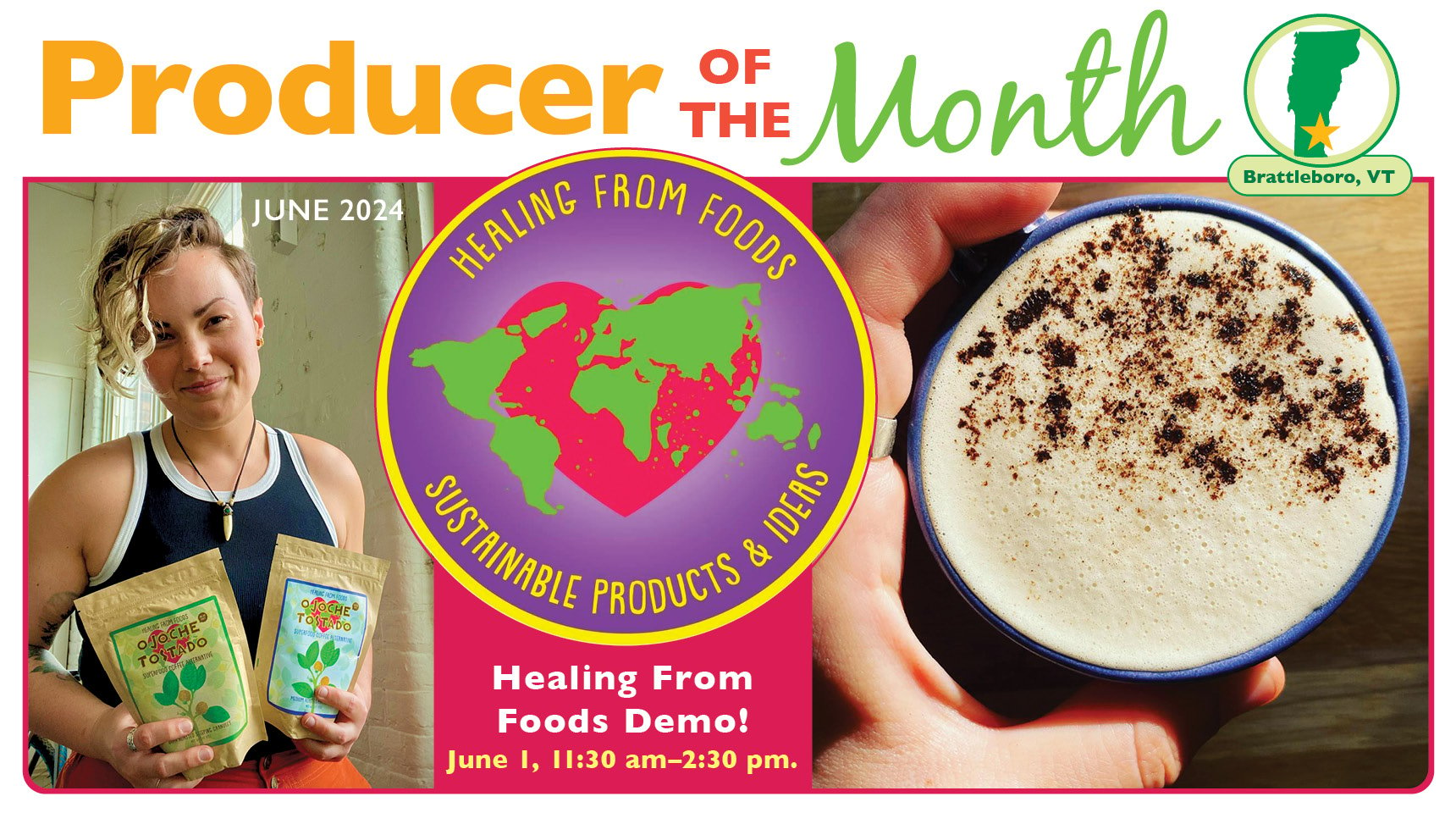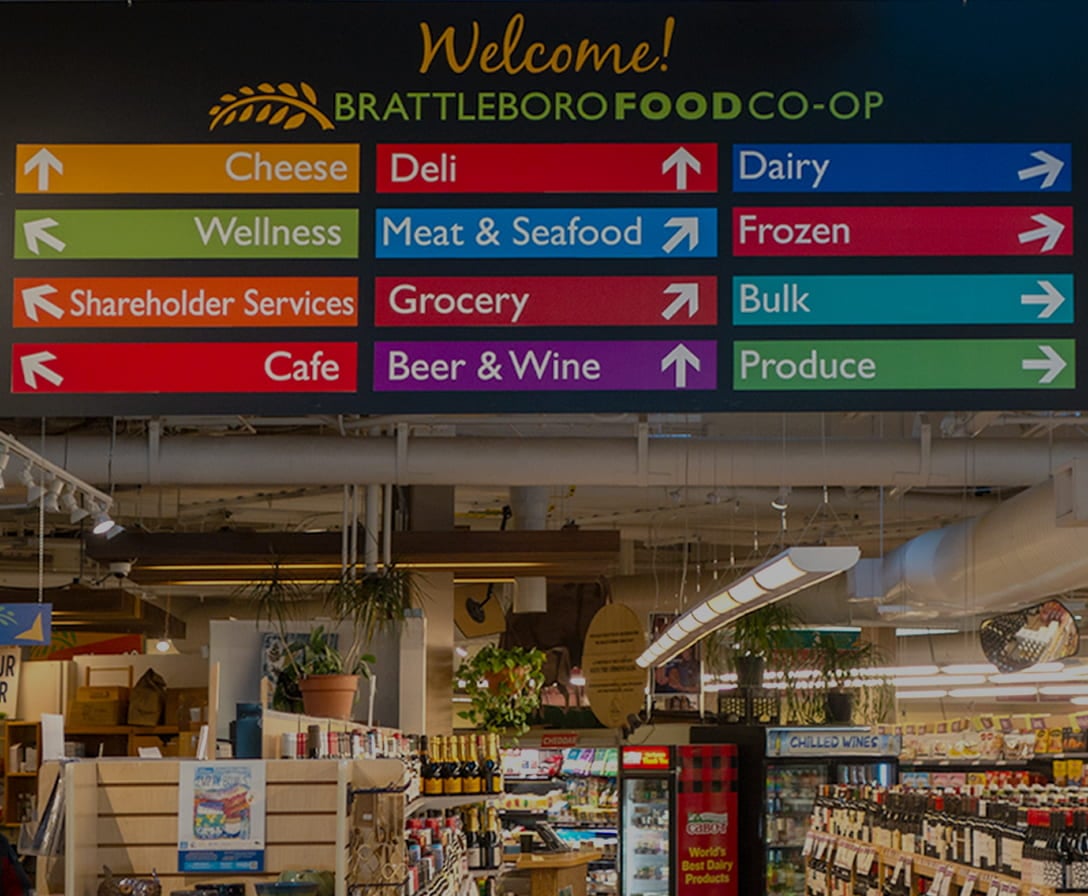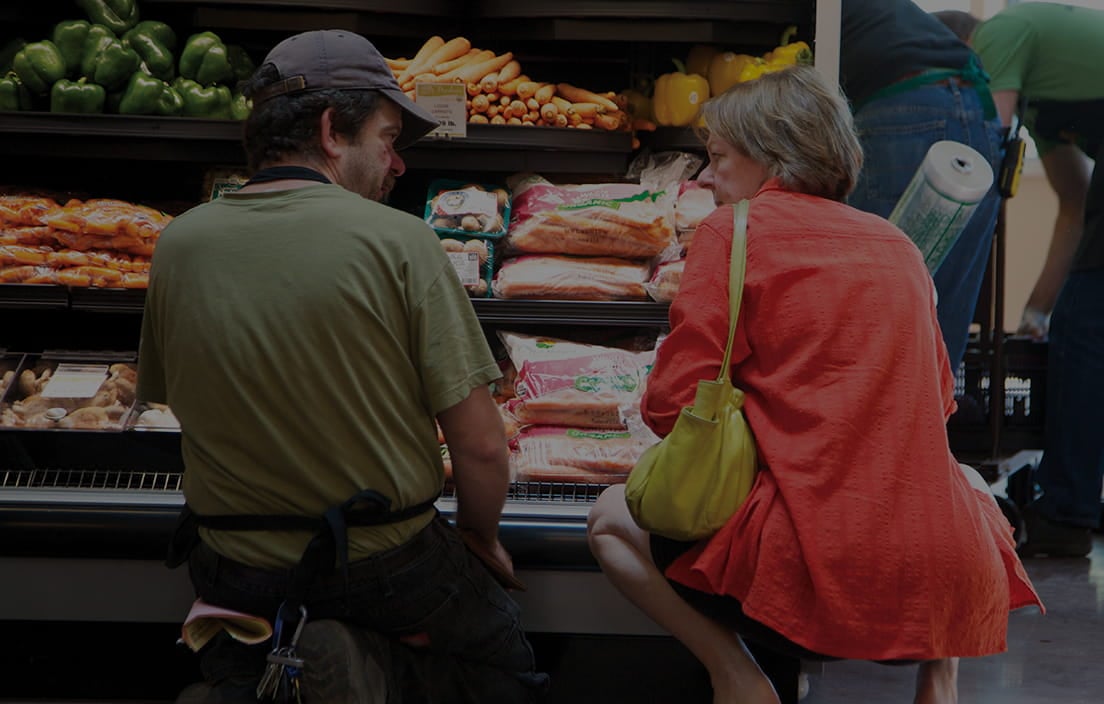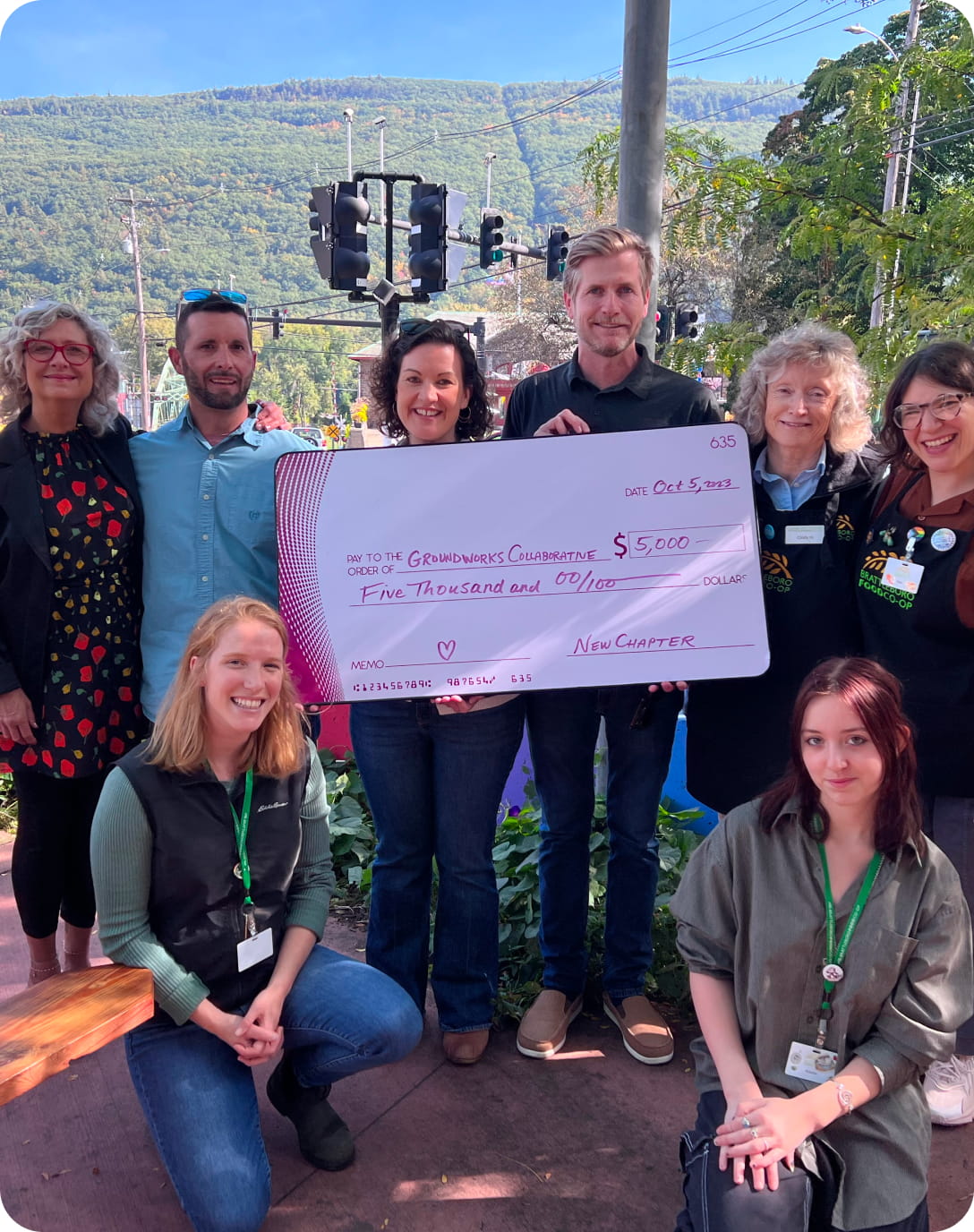Healing From Foods Ojoche Tostado

Ojoche is a little bit miraculous.
The first time I tried it, I was convinced it must contain caffeine or some kind of stimulant because it gave me so much energy. It turned out I was probably just potassium-deprived or lacking in one of the myriad other nutrients it contains.
The first time Rebecca Dixon tried ojoche, she also thought it must contain caffeine, but for her it was because of the taste and texture. It was so reminiscent of coffee that she would only take tiny sips of it at first, fearful that the friend who had served her the drink had made a mistake.
It was delicious. It was exactly what Rebecca had been searching for all these years.

Rebecca fell in love with coffee as a teenager while working for her cousin David Major at Vermont Shepherd, the renowned cheesemaker in Westminster West, helping to herd sheep. In mid-morning, after milking, they’d all gather around for hot, creamy cups of coffee with fresh sheep’s milk and maple syrup.
As a young adult, she moved to the West Coast and worked for a plethora of food-related businesses, including a café that served coffee from a high-end micro-roastery, where she learned about single-origin beans, subtle flavor profiles, and roasting methods, and deepened her appreciation for fine food and drink.
So when Rebecca is confused about whether or not something is coffee, that’s saying something.
There was never a proper diagnosis that pinpointed the illness that befell Rebecca in late 2015. The primary symptom was a profound loss of appetite, which, as it progressed over the course of a few months, left her depleted and literally starving. Still hard at work at her jobs in Northern California, Rebecca began relying more and more on black coffee to keep her going until her body could no longer tolerate it.
Eventually, Rebecca started regaining her appetite; it was a long, slow road back to health. Without a clear diagnosis, however, Rebecca remained extremely cautious about what she put in her body, especially anything other than simple foods. No supplements, no alcohol, and, perhaps the hardest of all, no coffee! Thus began a search for something that could replace it.
She tried every coffee alternative you can think of. And some of them tasted pretty good. But, to her refined palate, nothing captured the thick, creamy, full-bodied texture of a great cup of joe… until she tried ojoche.
That first life-changing taste of ojoche took place in Putney. When Rebecca asked her friend Ian, who had brewed it, where more could be procured, he said it wasn’t available anywhere. Ian Diamondstone, a Brattleboro native and owner-operator of New Forest Organics, had gotten it straight from the source: a small collective of women in a tiny Nicaraguan village with whom he’d been working for twenty years. He was trying to get someone to take on the project of creating a market for their harvests in the U.S., and he asked Rebecca and her then-partner if they would be interested in taking it on? While hesitant at first, they ultimately decided to take the leap. With Ian’s help and the opportunity to win a $1,000 grant in the 2019 PitchFork Competition through the Hannah Grimes Center in Keene, NH, they created a business plan for Healing From Foods and let fate take its course. Healing From Foods won the grant, and, with that money, the first batch of roasted ojoche from Nicaragua was purchased. Healing From Foods was officially in business.
Rebecca went to visit the village where all Healing From Foods ojoche comes from as soon as she could. The seeds are foraged, not farmed; they’re collected by hand from tall trees that form the highest part of the forest canopy. Then they’re dried in the sun and brought to a roastery run by a woman with whom Rebecca works closely to get the roast just right. The village that harvests them is very poor, like most of the equatorial villages that produce the coffee and chocolate that makes its way to the U.S. There is barely any infrastructure there to support the work they’re doing—imagine roads that look more like dry riverbeds strewn with boulders, scarce water, worn out clothing, and little access to education. That’s a huge reason why Healing From Foods uses this particular ojoche: it benefits people who need the support.
It also creates a better product. Rebecca waxes on about mouthfeel and texture with a look in her eye and a gesture of her hand that speaks to a sophisticated, professional foodie palate. Though her roots are in the down-and-dirty side of the food industry (artisanal cheesemaking and sheep dairy work), there’s a deep respect for and recognition of excellence. Guatemalan ojoche—which is sifted and produces a cleaner, more tea-like drink—just doesn’t achieve the same level of coffee-like ecstasy.
Another coffee alternative uses ojoche in its recipe (Teeccino lists ramón seeds as one of many ingredients). But not all ojoche is the same. In Guatemala, where there is a more robust infrastructure for ojoche processing and exporting, it’s cut and sifted in such a way that leaves none of the powdery sediment you’ll find in the Healing From Foods ojoche from Nicaragua. That sediment also makes it better for you: ojoche is truly a superfood, and ingesting more of it in this delightful beverage is super healthy.
Ojoche, or ramón seeds as they are also called, was once a staple food of the Mayan empire. The seeds can be roasted, ground, and brewed like Healing From Foods Ojoche Tostado or, when they’re more raw, can be cooked with water to make a thick porridge, or included with other flours to make tortillas, breads, or other baked goods. These days, people rarely eat or drink ojoche, even in its native land. Rebecca compared it to the place acorns occupy in our current culinary roster here in the States: once a traditional staple food, acorns still exist here, but they’re not on the typical American table.

The term superfood gets thrown around a lot, and it’s easy to forget that it actually describes something pretty amazing: certain plants really do contain a concentrated amount of nutrients, and serve our human bodies very, very well. While many fruits and seeds have wafted in and out of our cultural awareness in this category (acaí, pomegranate, blueberries, cacao, chia seeds, etc.), the truth is there are probably hundreds of plants that could fit the superfood criteria that we just don’t know about here because no one’s trying to sell them to us (yet). Ojoche is one of those non-trendy superfoods that’s just wildly, wildly healthy.
Many people have suggested Rebecca add the latest and greatest elixir to the ojoche blend (Mushrooms! Seaweed! Cacao! Broccoli!), but she doesn’t agree. For her, ojoche is perfect just as Mother Nature created it: delicious, whole, healthy, and unique.
When she explains the product’s health benefits to people, Rebecca focuses on potassium, calcium, folate, and iron, plus the fact that it’s a complete protein, just because they’re so familiar. However, the G.R.A.S. study (“generally recognized as safe”) on ojoche found it also had tons of other nutrients. The research even tracked the height of kids who ate “ojoche snacks” (some kind of palatable treats with ojoche baked into them) and found that the ones who ate them actually grew more! So, it’s not only a fantastic beverage. As mentioned, it can also be added to other foods like brownies or breads, almost like a natural supplement. It’s a great way to get picky eaters the nutrition they need.
Healing From Foods makes two types of ojoche now, the difference being in the roasting time, which affects the flavor. The darker roast is just like a dark roast coffee, and Rebecca likes to brew it like that: strong, black, maybe with a touch of cream or sweetener. The other is a lighter roast, which has a more chocolatey quality. Rebecca’s favorite way to prepare it is an overnight steep in milk, which can be sweetened with a bit of maple and enjoyed over ice or heated up for a superfood mocha latte.
Rebecca took on the full responsibility of Healing From Foods in 2022. It’s not easy. Rebecca operates the business entirely on her own, from packing orders to making sales calls, in addition to being Vermont Shepherd’s business manager. The products are sold in about twenty markets, almost all in the Northeast but a couple in California, too. Unlike coffee, the logistical path from forest floor to grocery shelves has not yet been forged. The ins and outs of shipping pallets of ojoche from a tiny village in Nicaragua to Brattleboro have proven to be the most challenging aspect of running the business. Border customs agents don’t know what it is, and the infrastructure doesn’t really support what Healing From Foods is trying to do. It costs hundreds, if not thousands, of dollars to get it shipped here, and when it arrives, she never knows what she’s going to find. Usually, there’s some kind of damage to the product. Oftentimes, the wooden pallet it’s sitting on is cracked and destroyed from the weight, and once a customs agent even slashed one of the bags, rendering the product unusable. Recently, she doubled up on an order with someone else to save on shipping. But customs held it overnight to examine it, and they were charged a thousand-dollar “warehouse fee” as a result.
But she’s learning. According to one of her mentors, there are two ways to get an education in business: either you pay for a degree or learn from experience and the sometimes expensive mistakes you make along the way. One gets the sense that Healing From Foods, with Rebecca as its hard-working captain, is just at the beginning of a great adventure that will go on for many years to come.
By Ruth Garbus
About Producer of The Month

Shop Online

On Sale Now!

